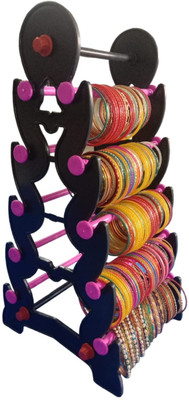
Pplus Polyster Plus Polyester Petticoat (XL)
Price: Not Available
Currently Unavailable
Product Details
Pack of
1
Brand
Pplus
Color
Orange
Fabric
Polyester
Size
XL
Style Code
Polyster Plus
Ideal For
Women
Net Quantity
1
Closure
Drawstring
Synthetic fibres (man-made fibres) are produced by joining chemical monomers into polymers using a chemical reaction called polymerisation. The chemicals used are usually sodium hydroxide and carbon disulphide (derivatives of coal, oil, or natural gas). The liquid from chemicals are forced through tiny holes called spinnerets to produce a filament. As the liquid comes out of the spinnerets and into the air, it cools and forms into tiny threads of continuous filament fibre. A twisting process twists the filament into a yarn. Dyes are added before they are woven together to make fabric. Other chemicals can be added to make the fabric softer, wrinkle free, flame-resistant, water resistant, stain-resistant or moth-repellent. Advantages of using synthetic fabrics Synthetic fibres often have increased durability, strength and resistance compared to natural fibres. They can also: Dry very quickly Be extra absorbent Be made into waterproof fabrics, and Be made into elastic/stretchy fabrics for swimwear and lingerie.
Be the first one to rate
Be the first to ask about this product

Back to top








